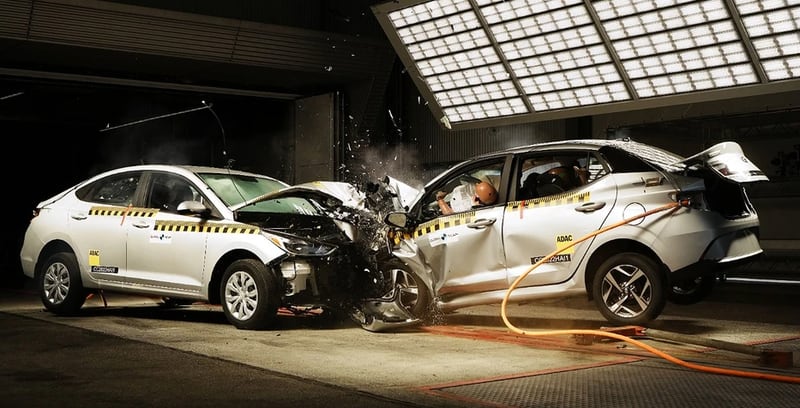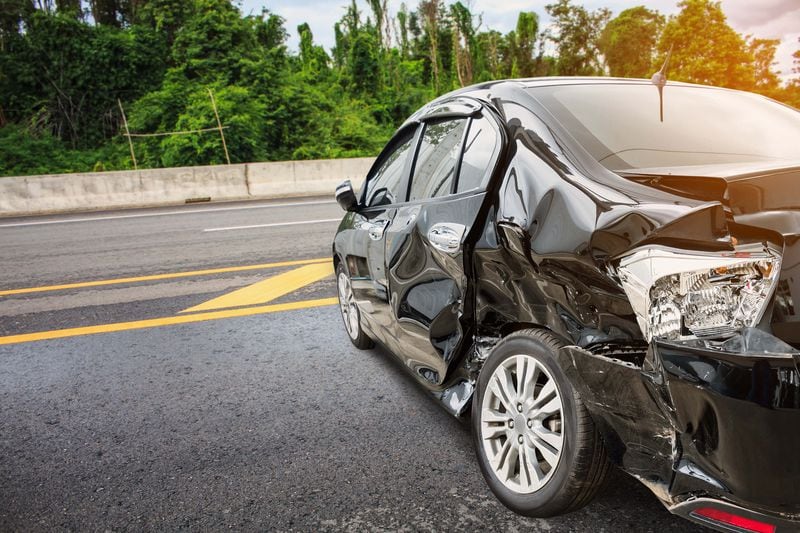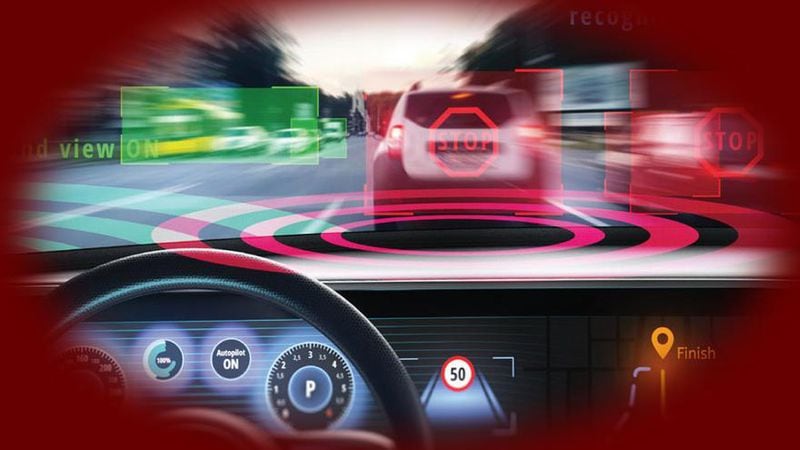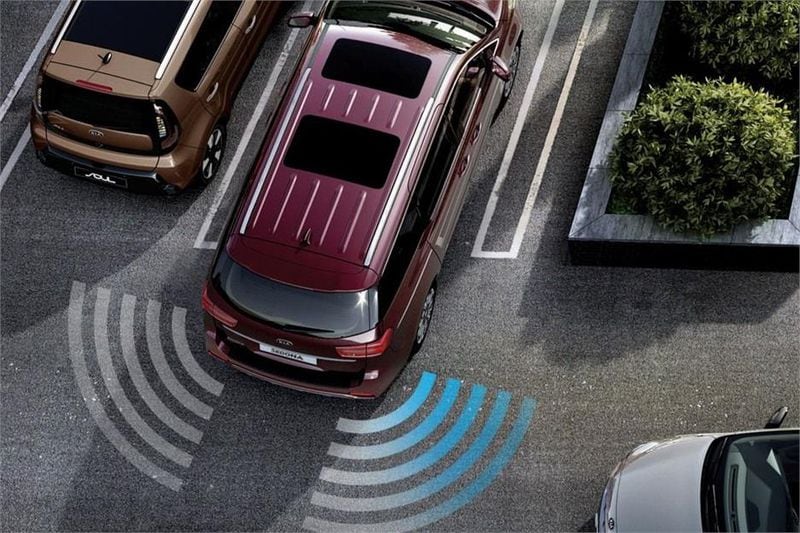Beyond the romanticism that exists for classic cars -and the popular belief that they were safer-, the truth is that there have been so many advances in the matter in recent years that current vehicles are years away- light. The tests prove it.
Today’s cars are not like the old ones. Who has never heard this phrase, in clear allusion to a supposedly better past construction. And of course they are not, but rather than lament we should rejoice that they are, otherwise we would have to mourn more deaths from traffic accidents. According to the WHO, 1.35 million people worldwide die each year under this concept.
So as much as we love cars from another era, whether because of their design or their feelings behind the wheel, we might as well admit that it’s good that vehicles have evolved so much over time. And it is that beyond the new trends, electric mobility, full technological interiors or semi-autonomous driving functions, which you may like more or less, it is indisputable how much cars have improved in terms of of security.
As we have said, there are many who believe, for example, that the cars of yesteryear were more resistant and therefore safer than those of today in the event of an impact. But nothing could be further from the truth, since the body of a modern vehicle is made to deform completely, precisely, in order to absorb the maximum kinetic energy of the crash, without affecting the passenger compartment and therefore its occupants.
This is demonstrated by a series of crash tests, which test cars of different generations and even of the same model, but with different years. The Australian and New Zealand Safety Agency, known as ANCAP by its acronym in English, pitted, for example, a 1998 Toyota Corolla against another 2015 Corolla, all with the aim to demonstrate the importance of advances in safety during all this time.
The test consisted of a semi-frontal collision between the two vehicles at a speed of 64 kilometers per hour. The results spoke for themselves. The test awarded the 1998 Corolla no stars, which resulted in catastrophic structural damage. If it was a real accident, the impact would have caused serious injuries to the head, chest and legs of its passengers, as recorded by the sensors of the mannequins. The history of mannequins, dolls that save lives
By contrast, the 2015 Corolla got a five-star rating, meaning passengers would have gotten away with the accident just fine.
different standards
17 years between one generation and another, show an abyssal difference in terms of security. Unfortunately, yes, safety standards are not the same in all markets and the difference can mean that you come out of an accident unscathed or end up in hospital, or worse, in the cemetery.
Last year, Global NCAP presented in New York, at a high-level meeting on road safety of the United Nations Assembly, an impact test carried out among the brand’s most affordable models. Hyundai in the United States and Mexico.
Thus, an Accent equipped with six airbags, ABS brakes and stability control -produced, by the way, in Mexico for the United States- collided with a Grand i10, manufactured in India and which does not offers only 2 airbags.

The crash test gave very revealing results, because if the American model digested the impact without even cracking the windshield, the Mexican suffered a strong deformation on the whole of its bodywork.
His post-crash image is hopeless, with the A-pillar bent, the driver’s door smashed (which would make his rescue difficult), the boot opening spontaneously when he can’t hold the pressure, and the dangerous protrusion of the steering wheel and from the dashboard to the chests of the front occupants.
In an identical but real accident, the occupants of the Mexican Hyundai would therefore have a much higher probability of being seriously injured or even killed.
For officials of Global NCAP, the cause of this inequality lies in the vast differences between the security standards required in each region of the world. In the case of Latin America, the flexibility of this component allows manufacturers to market models whose competitive prices are generally due precisely to reductions in their active or passive safety.
These models usually come, in addition, imported from other markets with low standards, such as India.
In this regard, Diego Mendoza, secretary general of the ANAC, states that “vehicle safety in Chile is characterized by a program of continuous review and improvement of the homologation requirements of new models sold in the country. This is relevant because it allows all manufacturers – regardless of their country of origin – to demand the same requirements that save lives, reduce accidents and improve the safety of the Chilean vehicle fleet”.

“The main complexity that arises is that the cars arriving in Chile are assembled with components from different parts of the world, and this is why the 3CV Center manages an exhaustive list of international regulations to verify, for example, that the brakes The ABS or electronic stability system (ESP) of each vehicle has been developed on the basis of international, verifiable and reliable protocols”, he adds.
“This also has a positive effect on the fleet: the modern cars sold today are much safer than those of 5 or 10 years ago, thanks to the fact that the requirements incorporated into our market have led us to level of vehicle safety,” he says.
Everything has its price
Beyond the above, the security revolution has been complete in recent years. Partly because in some countries certain elements must be included as standard, thus contributing strongly to the standardization of these systems.
It happened with ABS and ESP, and now we see it with driver assistance systems (ADAS), several of which are already required in Europe for the homologation of new models. What are the increasingly popular ADAS?
But of course, making cars safer comes at a price. Literally. And it is that one of the reasons why the new models are more expensive is that they incorporate a lot more technology to offer more security. This costs manufacturers money and they pass it on to the customer, making the end price of the vehicle more expensive.

Of course, when a technology becomes standardized, its price generally goes down. That’s why it’s cheaper to build ABS into a car today than it was 30 years ago, when there were hardly any models capable of carrying it. The thing is, it’s not just one system, there are many, and the list keeps growing. In addition, they become more complex and therefore more expensive.
“Naturally, the fact that vehicles today have so many electronic control and management systems has led the industry to develop and implement data management systems, such as multiplexed networks and, with them, the assembly of several computers.Therefore, supporting this development at the industry level generates a large-scale demand for materials of a different nature which involve an additional cost compared to the manufacture of the vehicles, but when it is to offset this cost against the advantage of having With these systems it turns out to be much more practical because thanks to these advances today we can count on increasingly safe vehicles, ”explains Omar Solís Carrasco, professor at the School of Engineering and Natural Resources Duoc UC Maipú.

Today, most cars are fitted with LED headlights as standard, which illuminate better than, for example, halogen. Or, they have a tire pressure monitor. Not to mention the various sensors, lights, rain and parking, among others. All elements that until five years ago were not common.
Although the improvements in security do not justify the huge increase in price lately, it is indisputable that current models are safer, not only those of ten years ago, but also those of a decade ago. at 5. Increased security, which costs money.
Source: Latercera
I am David Jack and I have been working in the news industry for over 10 years. As an experienced journalist, I specialize in covering sports news with a focus on golf. My articles have been published by some of the most respected publications in the world including The New York Times and Sports Illustrated.


